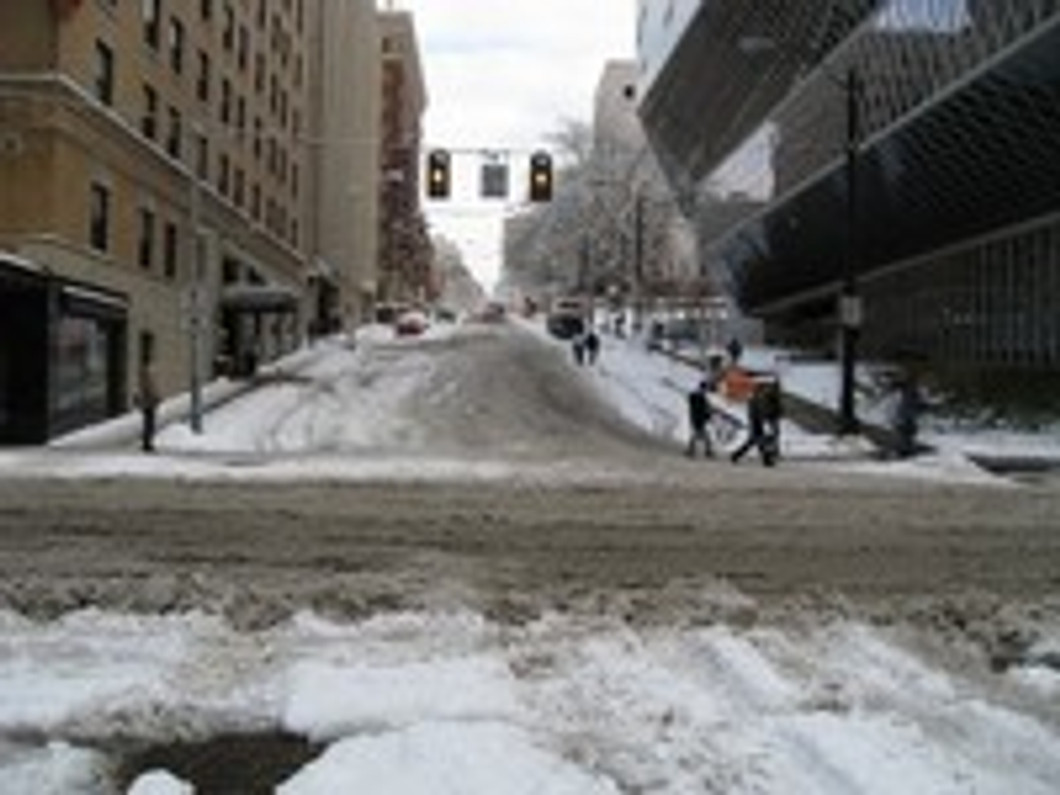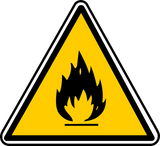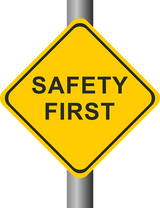How To Spot and Handle Black Ice On The Road
A second polar vortex has sent waves of bone-chilling arctic air down into the states. This comes just weeks after the first polar vortex brought record-cold temperatures into the cities throughout the country. While this second wave of cold air isn't quite as strong as the first, it's still creating dangerous patches of black ice that motorists need to be aware of. Whether you're driving to a friend's house across the street, or if you're traveling across state lines, you need to be on the lookout for black ice.
Myth: Black Ice Is Black
With a name like "black ice," you might assume it's black in color; however, this isn't necessarily true. Nine out of ten times, black ice is completely clear, making it difficult for drivers to spot until it's too late. It's the direct result of snow and/or water freezing into a slick glaze that covers the roads.
So, why is it called black ice if it's clear and not black? The term comes from the natural black color of the asphalt underneath the ice. When black ice forms, the asphalt remains visible, creating the appearance of a clear-glazed coating of ice covering the road.
Spotting Black Ice On The Road
Unfortunately, it's difficult to spot black ice on the road since it's completely clear. Motorists rarely see it before driving over it. There are, however, are few precautionary measures you can take to avoid black ice. See the tips below for advice on how to avoid black ice:
- Bridges and overpasses are the most susceptible to black ice due to their lack of ground warmth, so do your best to avoid them when possible.
- Watch for shaded areas where buildings, objects or trees are blocking the sunlight.
- Early morning and late evening hours are considered the worst for black ice.
- Use caution when driving on back roads with little-to-no traffic.
Driving on Black Ice
If you find yourself driving over a patch of black ice, refrain from mashing the brake pedal. One of the biggest mistakes motorists make is hitting the brakes while they are on black ice. Typically, this causes the car to spin out, which could send them into oncoming traffic or hitting nearby guardrails or trees.
Rather than pressing down on the brakes, you should pump them several times. Pumping the brakes provides a greater level of control and stability while still reducing your speed.
"Any snow that we melt that doesn't have a chance to run off or dry could certainly refreeze and create black ice," said Rob Allen, Director or Lexington's Streets and Roads.
Recent Posts
-
Fire Safety in the Workplace: What You Need to Know
What steps are you taking to prevent fires in your workplace? According to the U.S. Occupational Saf …Aug 23rd 2023 -
Is It Safe to Go Jogging With a Cold Infection?
If you're suffering from a cold infection, you might be wondering whether it's safe to go jogging. T …Aug 22nd 2023 -
5 Safety Tips to Follow When Using a Powder-Actuated Tool
Powder-actuated tools are commonly used to join materials to steel and concrete. Also known as Hilti …Aug 20th 2023




